What is PS1 BIOS?

The PS1 BIOS (Basic Input/Output System) is a vital system file that acts as the core startup software for the original Sony PlayStation (PS1) console. It’s responsible for initializing the hardware, managing memory, and allowing the system to read game discs correctly. When using PlayStation emulators like ePSXe, DuckStation, or RetroArch, the PS1 BIOS is essential to recreate the authentic console environment—ensuring smooth gameplay, accurate graphics, and proper game compatibility. Without the BIOS, many classic titles may not load or function as intended. In short, the PS1 BIOS bridges the gap between your emulator and the original PlayStation hardware, making it a crucial component for a genuine retro gaming experience.
Download Complete Collection of PS1 BIOS (All Regional Versions)
You can download the complete collection of PS1 BIOS files, which includes all regional versions such as the USA, Japan, Europe, and China. This comprehensive pack ensures compatibility with a wide range of PlayStation 1 emulators, allowing you to experience classic games from different regions without issues. Having all BIOS versions in one place makes it easy to switch between regional settings and enjoy a smoother, more authentic emulation experience on your preferred platform.
Get PS1 BIOS for All Regions – USA, PAL, NTSC, NTSC-J
PlayStation BIOS File Versions
Here are some other BIOS files dumped by various users.
Explaining the Role of the PS2 BIOS
The PlayStation 1 BIOS (Basic Input/Output System) is required for emulation because it manages critical hardware-level tasks. It initializes the system, verifies the region of game discs, and ensures compatibility between the emulator and PlayStation software. Without the BIOS, emulators cannot replicate the PS1 hardware accurately. Below are the main reasons it’s required for emulation:
Data Loading & Saving
The BIOS is responsible for handling game loading and saving processes, emulating the original PlayStation’s memory card functionality for authentic performance.
Verifying Game Discs
Certain PlayStation 1 titles rely on the BIOS to perform verification and authentication checks before the game can launch successfully.
Fixing Software Errors
The BIOS prevents glitches and ensures stable, smooth gameplay. It maintains system reliability by managing core processes, allowing emulator
Authentic PlayStation
The BIOS prevents glitches and ensures stable, smooth gameplay. It maintains system reliability by managing core processes, allowing emulator
Different PS1 BIOS Versions by Region
When setting up a PS1 emulator, it’s important to use a BIOS that matches your game’s region to ensure optimal compatibility and performance. Some emulators even support multiple BIOS files, offering greater flexibility. Below are the four main types of PS1 BIOS files commonly used:
Japan
The original Japanese BIOS i love you
Asia
Created for Asian markets outside
USA
– Made for North American consoles; works with NTSC games.
Region
A universal BIOS that removes all region locks for full global game compatibility
We’ve also included additional BIOS files that were dumped by various gamers and enthusiasts.
| (Japan) | (USA/Canada) | PAL |
| SC | 5000 | SCPH-1002 |
| H-3000 | H-5501 | SCPH-7002 |
| SC-3500 | SCP-700 | H-5502 |
| SH-7000 | SP0-101 | S |
| 100 | SCi | S |
| 02B | ||
| 9002 |
PS1 BIOS Features for Emulation
The PS1 BIOS serves as more than just a bridge between the console’s hardware and software—it plays a vital role in enhancing the overall emulation experience. Below are some of its key features:
Authentic PlayStation Startup Sequence
The PS1 BIOS faithfully recreates the iconic PlayStation startup sequence, complete with the Sony logo and the classic boot sound. This nostalgic feature perfectly captures the feeling of using the original console.
Save Data
The BIOS handles memory card functions, ensuring all game saves are stored and managed smoothly.


Region Support
With the correct BIOS file, regional compatibility and language settings are automatically configured for a seamless experience.
Software Compatibility
“A reliable BIOS ensures optimal game compatibility, allowing emulators to run almost all PS1 titles smoothly. Using region-specific BIOS files can achieve up to 99% compatibility across different games.”.

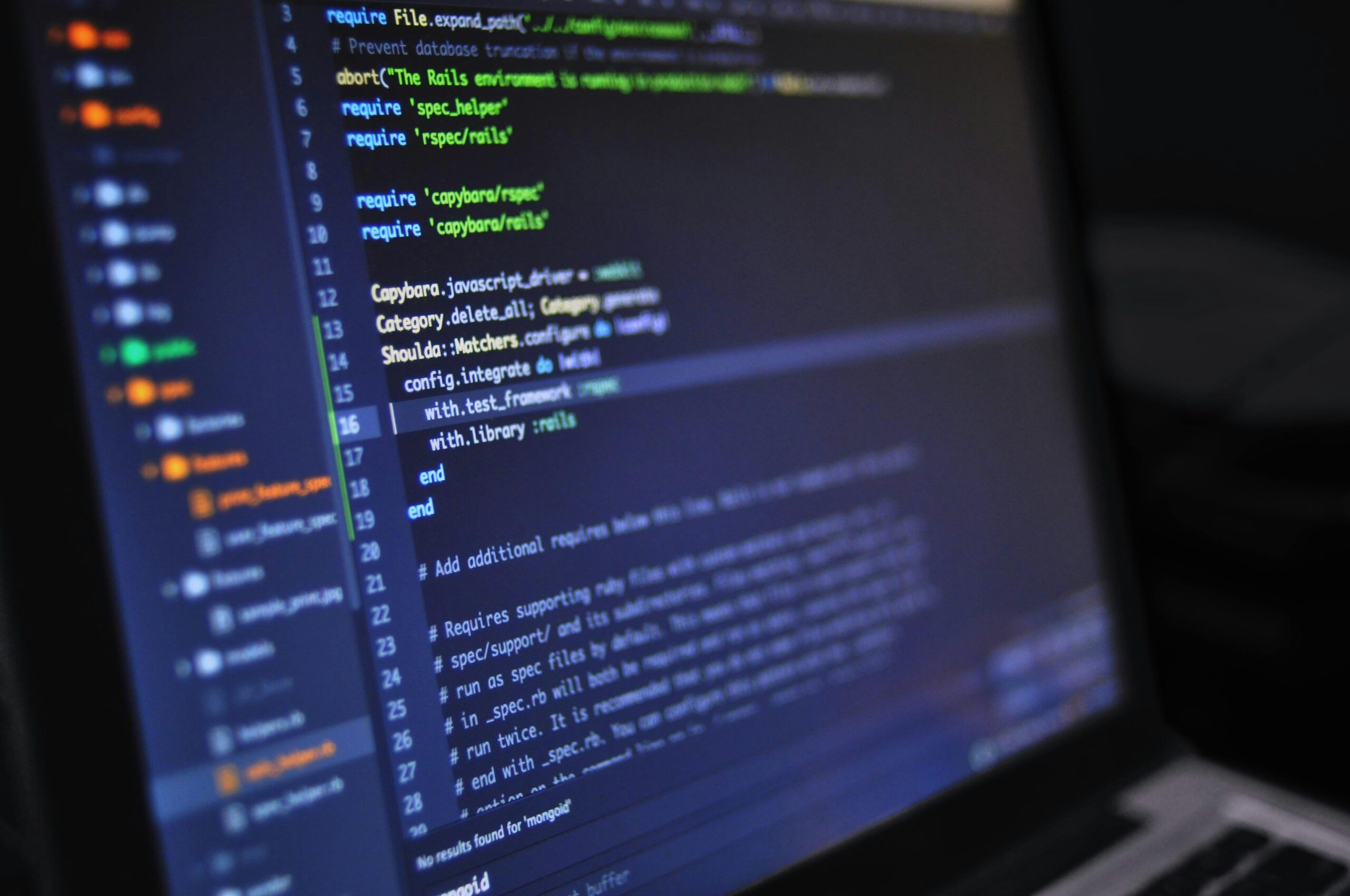
BIOS Precision
By accurately replicating the original PS1 firmware, the BIOS enables the emulator to perform like authentic hardware, delivering a true-to-console experience.
Authorized PS1 BIOS Sources
“PSBIOS.me is a trusted source for legally downloading PS1 BIOS files. All files are verified and safe, allowing you to enjoy PS1 emulation without any legal or security concerns.”
Why Use PSBIOS.me for PS1 BIOS Downloads
- Safe Downloads: All BIOS files are carefully checked to ensure they are free from malware or viruses.
- Reliable Performance: Each file is tested for compatibility, providing smooth and stable emulation.
- Wide Selection: BIOS files for NTSC-U, PAL, and NTSC-J regions are available, supporting a broad range of PS1 games.
- Easy Setup: Clear, step-by-step guides make installing BIOS files on your emulator quick and simple.
Download PS1 BIOS for Android & PC
“Click the link below to download our All-in-One PS1 BIOS Pack, containing multiple BIOS versions. All files are fully safe and secure for use.”
Download Link Are 100% save
Compatible PS1 Emulators Across Android, iOS, and Windows
ePSXe (PC & Android)
Renowned for its precision and user-friendliness, ePSXe is a top choice for emulating PS1 games on both PC and Android. It offers excellent compatibility with a wide range of PS1 titles and ensures smooth gameplay with properly configured BIOS files.
Features like cheat code support, customizable controllers, and save states make it ideal for both beginners and experienced gamers.

DuckStation (PC & Android)
DuckStation is one of the most reliable and user-friendly PS1 emulators available today. It delivers smooth gameplay on both high-end and low-spec devices, fully supporting PS1 BIOS files for accurate system emulation. DuckStation features enhanced resolution options, widescreen hacks, and PGXP improvements for sharper graphics and better 3D perspective. Perfect for casual and hardcore gamers alike, it ensures a classic PlayStation experience on modern platforms.
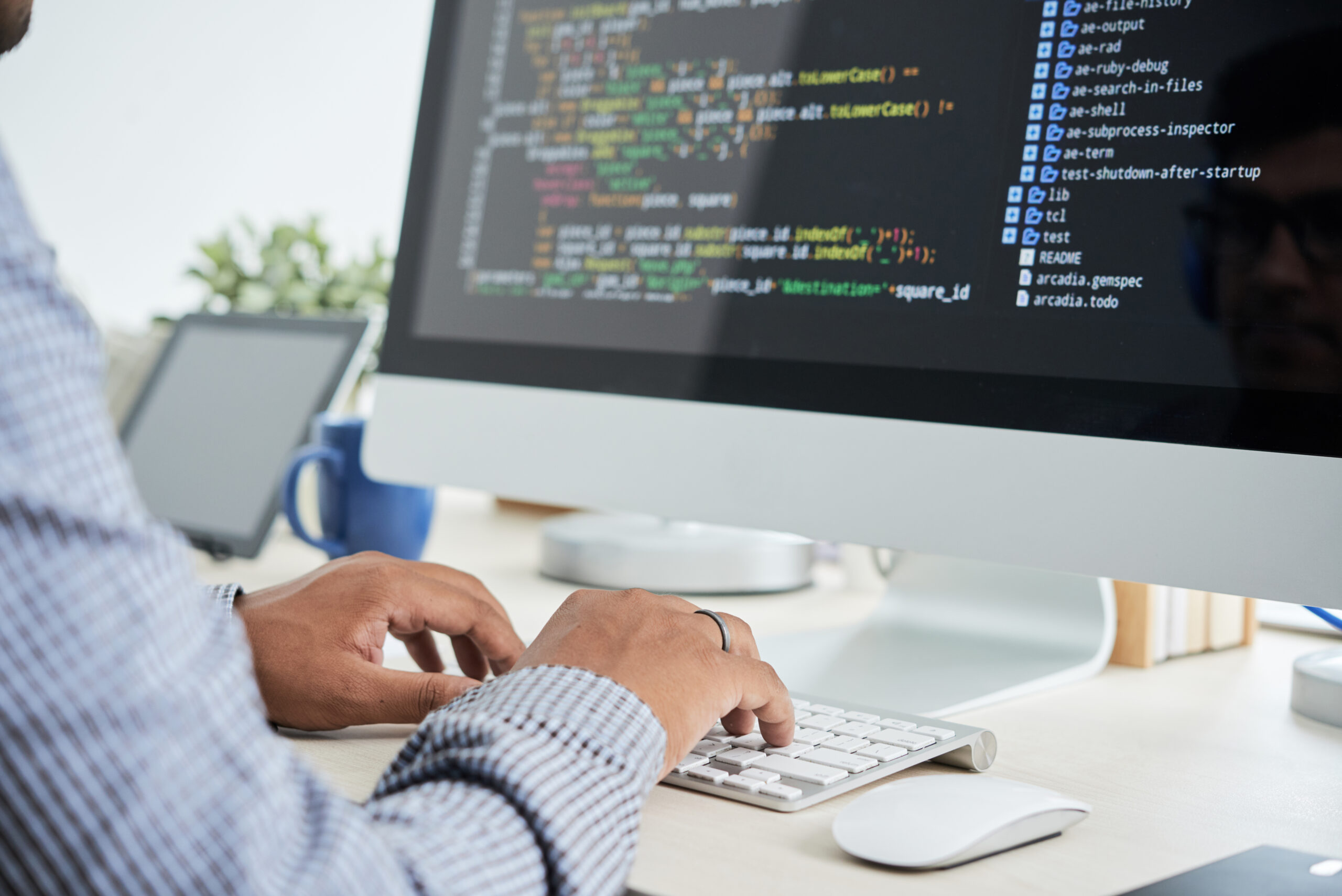
Supported PS1 Emulators for Android, iOS and Windows
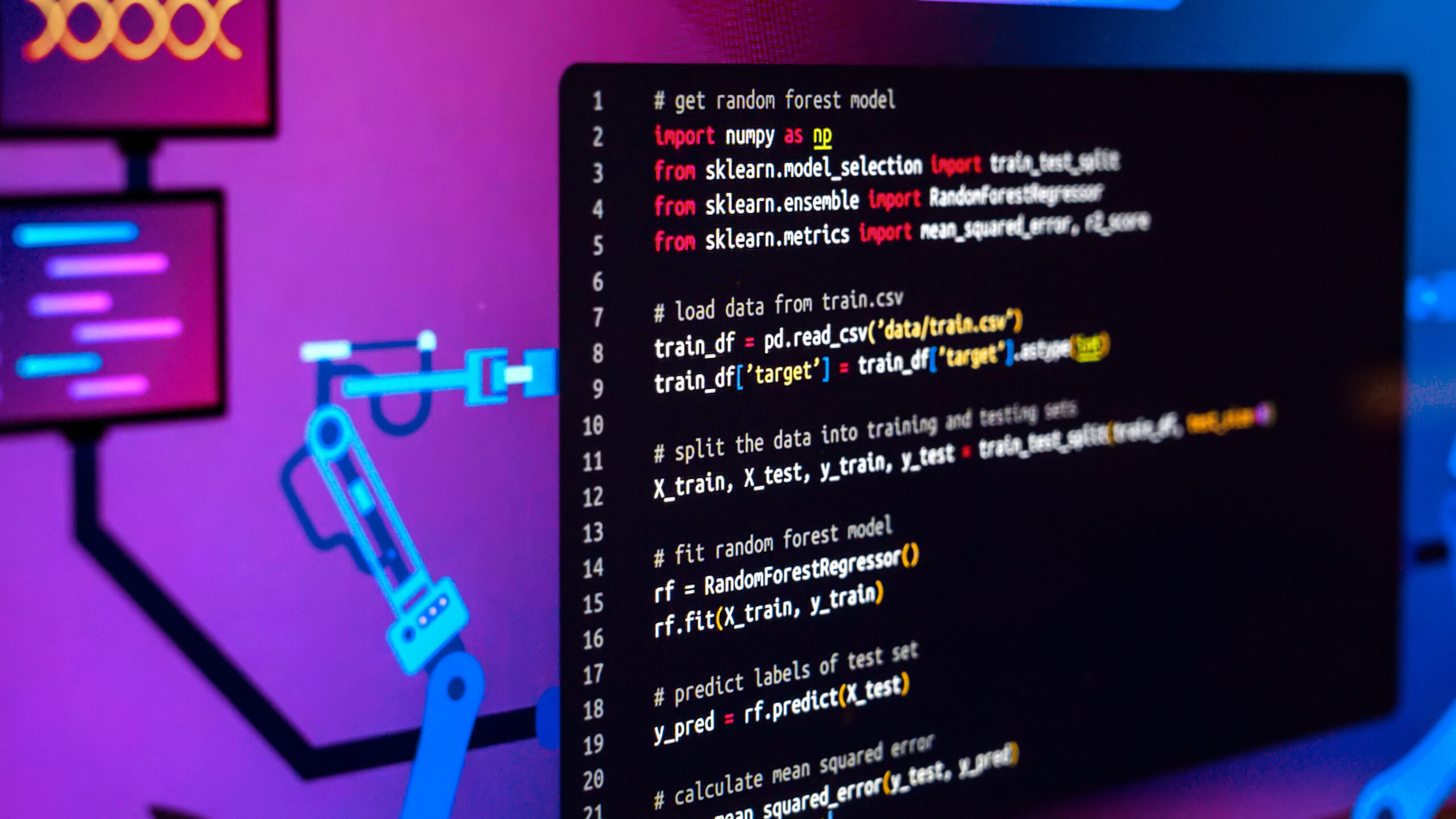
ePSXe (PC & Android)
ePSXe is widely regarded as one of the most reliable PS1 emulators available for PC and Android. Its intuitive interface and strong performance make it ideal for both beginners and experienced gamers. ePSXe ensures smooth gameplay with a high level of compatibility across thousands of PS1 titles.
Key features include support for cheat codes, customizable controllers, save states, and enhanced graphics options. Whether you want an authentic retro experience or improved visuals, ePSXe provides a seamless and enjoyable emulation environment.
Step-by-Step Guide: Installing PS1 BIOS on ePSXe
Installing PS1 BIOS on ePSXe
ePSXe is a popular PS1 emulator for Android and PC that ensures smooth and authentic gameplay. Follow this guide to set up the PS1 BIOS and enjoy your favorite PlayStation games seamlessly.
1 - Download the BIOS File
Download the All-In-One PS1 BIOS Pack from a trusted source. Make sure to select the correct version compatible with your games.

2 - Extract the BIOS
Use an extraction tool like ZArchiver to unzip the BIOS file on your Android device. Ensure the files remain intact.
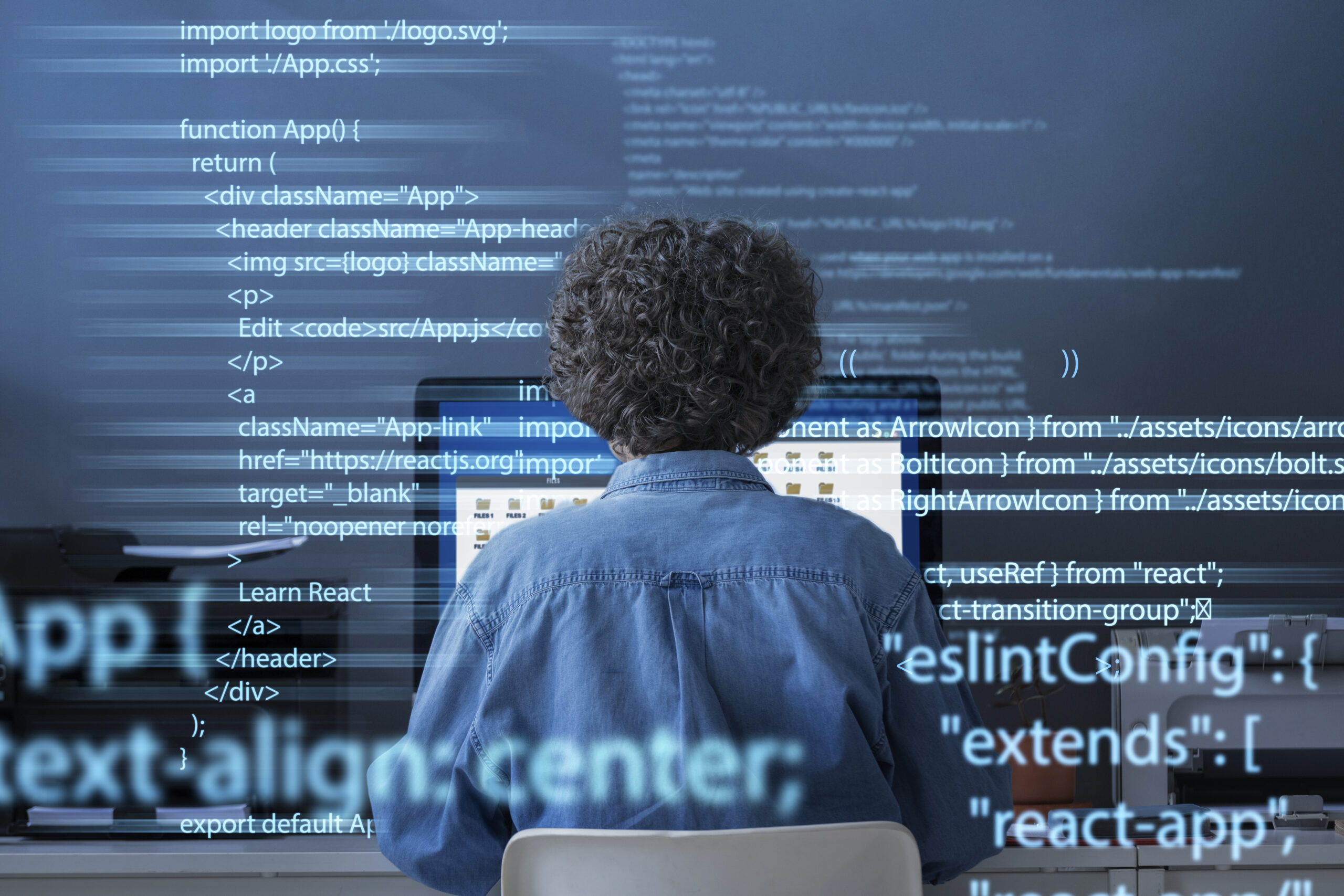
3 - Install ePSXe Emulator
Install the latest version of the ePSXe emulator from Google Play Store or the official website. This emulator supports a wide range of PS1 games.
4 - Configure BIOS in ePSXe
• Open ePSXe on your Android device.
• Navigate to Preferences > BIOS Preferences > BIOS File.
• Locate and select the extracted BIOS file to complete setup.
Step-by-Step Guide: Installing PS1 BIOS on ePSXe for PC
Install PS1 BIOS on ePSXe for PC
Follow these simple steps to set up the PS1 BIOS on ePSXe for PC and enjoy a smooth and authentic PlayStation gaming experience.
1 - Download the BIOS File
Download the All-In-One PS1 BIOS pack from a trusted source. Ensure you choose the correct version for your games to guarantee full compatibility.
2 - Install the ePSXe Emulator
Download the latest version of ePSXe from its official website. Follow the installation instructions to set up the emulator on your PC.
3 - Configure the BIOS
• Open ePSXe on your PC.
• Go to Config > BIOS from the top menu.
• Browse and select the downloaded BIOS file to complete the configuration.
4 - Load and Play Games
• After configuring the BIOS, open your PS1 game files.
• Click on File > Run ISO to start playing your favorite PS1 games.
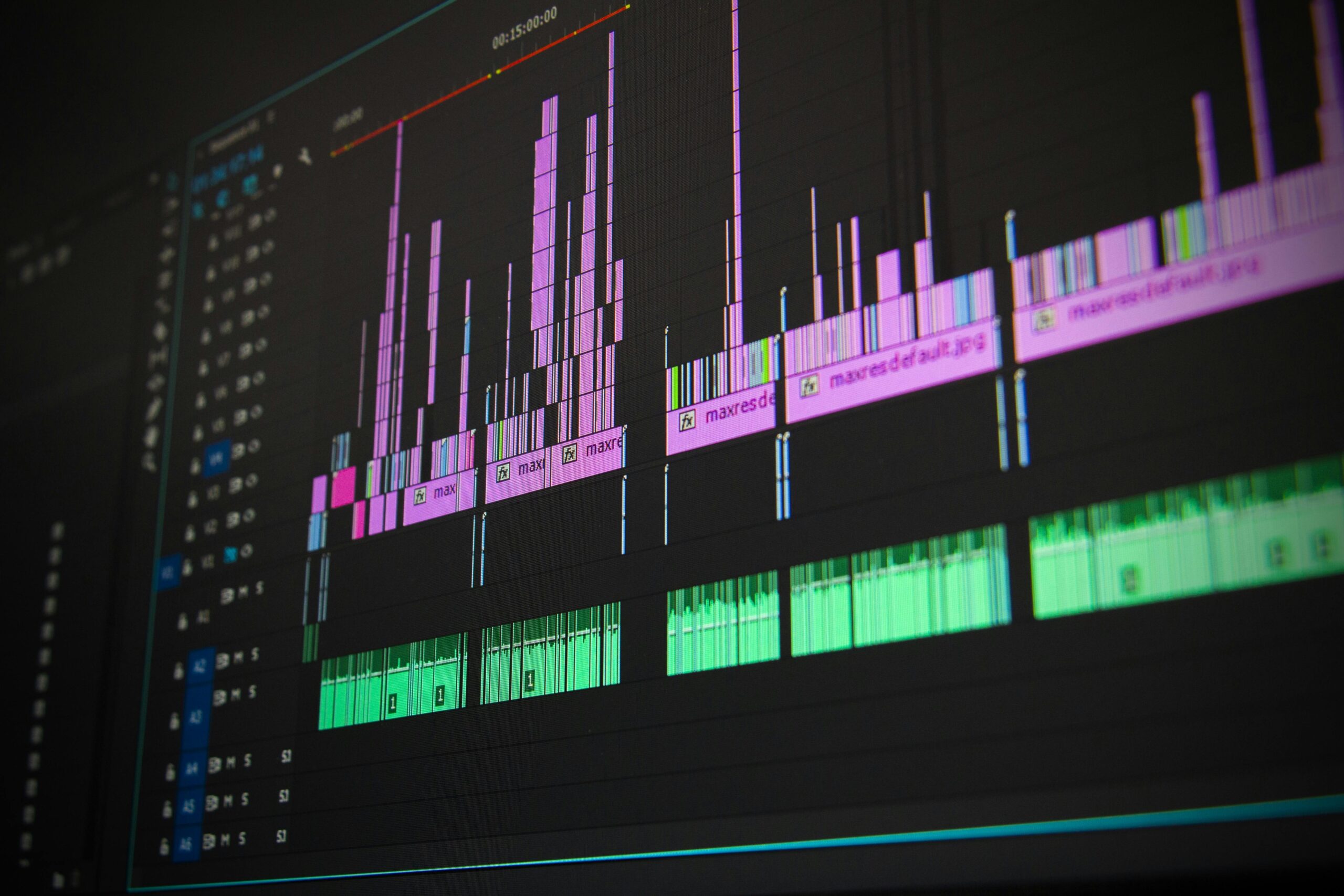
Your ePSXe emulator is now fully configured. Enjoy a true PS1 gaming experience on your PC!
Common PS1 BIOS Errors and Fixes
When using a PS1 emulator, BIOS-related issues are among the most frequent problems that players encounter. These errors can prevent games from launching, cause lag, or even corrupt save files. Understanding what causes these issues — and how to fix them — can save you a lot of time and frustration.
Below is a detailed list of common PS1 BIOS errors, their causes, and practical fixes to help you get your emulator running smoothly. Whether you’re using PCSX-Reloaded, RetroArch, DuckStation, or another PS1 emulator, these troubleshooting steps apply universally.
By following these fixes, you can:
Prevent crashes and stuttering during gameplay.
Eliminate BIOS or region mismatch issues.
Fix sound, video, and performance glitches.
Ensure smooth emulation that mirrors the original PlayStation experience.
Let’s dive into the most common PS1 BIOS problems and learn how to resolve them effectively.
No BIOS Loaded in the Emulator
Issue: The emulator doesn’t recognize the BIOS file.
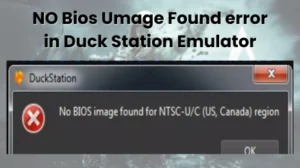
Solution: Make sure the BIOS file is stored in the correct folder and named correctly (for example, SCPH1001.BIN). Then, set your emulator to load the BIOS from that specific directory.
Game Crashes After BIOS Screen
Issue: The game starts but crashes after the BIOS intro.
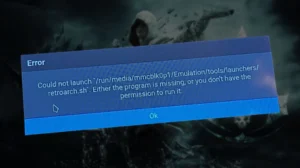
Solution: Re-dump or re-download the BIOS file from a trusted and legitimate source, and ensure that your game ROM is compatible with the emulator. Don’t forget to check for region compatibility, such as NTSC or PAL versions.
Lagging or Slow Game Performance
Issue: Games may run slower than normal or experience stuttering.
Solution: Optimize your emulator’s video, audio, and CPU settings. Try lowering the resolution, enabling frame skipping, or tweaking rendering options for smoother gameplay. Also, confirm that you’re using the correct BIOS version for your game’s region.
Incorrect Region Error
Issue: The game fails to run because of a region mismatch between the BIOS and the game file.
Solution: Use the correct BIOS version that matches your game’s region. For example:
- SCPH1001.BIN – for NTSC-U (North America) games
- SCPH7502.BIN – for PAL (Europe) games
Corrupted Save Files
Issue: Save data becomes corrupted or fails to load properly.
Solution: Delete the old or damaged save files and create new memory cards within the emulator. Make sure you’re using a valid BIOS file to handle save states and memory management correctly.
The Game Freezes or Stutters During Cutscenes
Issue: Games may freeze, lag, or glitch during cinematic or scripted sequences.
Solution: Check the integrity of your game ROM to ensure it’s not damaged. Use the recommended BIOS for improved emulation accuracy, and make sure your emulator and graphics plugins are updated to the latest versions for smoother cutscene playback.
Disc Image Not Detected
Issue: The emulator is unable to load the game’s disc image (ISO, BIN, or CUE file).

Solution: Ensure that the game files are properly formatted (for example, a valid CUE file accompanying a BIN game) and not corrupted. If the issue persists, re-dump the original disc to create a clean image file.
Screen Tearing or Graphic Glitches
Issue: Visual problems like screen tearing, pixelation, flickering, or missing textures appear during gameplay.
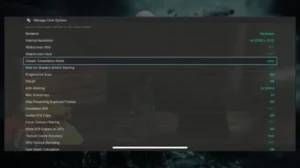
Solution: Update or adjust your graphics plugin settings within the emulator. Enable V-Sync to minimize tearing, and try different rendering modes (such as OpenGL or DirectX) to achieve better graphical stability and compatibility.
High CPU Usage or Overheating
Issue: The emulator causes your PC or device to overheat, slow down, or consume excessive CPU resources.
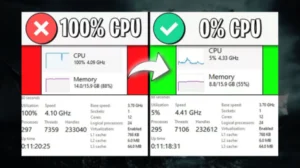
Solution: Reduce the emulator’s resolution and disable resource-heavy features like texture filtering, anti-aliasing, and advanced shaders. Closing background applications can also help maintain stable performance and prevent overheating.
Audio Desync or Lag
Issue: The game’s audio is delayed, out of sync, or distorted during gameplay.
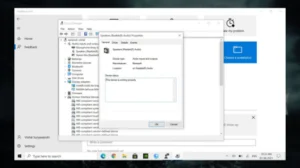
Solution: Adjust the audio latency or synchronization settings in your emulator for smoother sound performance. Additionally, ensure you’re using the correct BIOS version that matches your game’s region and ROM type to maintain proper audio-video sync.
Frequently Asked Questions
1. What is a PS1 BIOS file and why do I need it?
A PS1 BIOS file (Basic Input/Output System) is an essential component that allows your PlayStation 1 emulator to run games properly. It acts as the system software of the original PS1 console, handling functions like booting games, saving progress, and managing memory cards. Without the PS1 BIOS, most emulators like ePSXe or RetroArch can’t load or run games accurately.
2. Is it legal to download PS1 BIOS files?
The legality of downloading PS1 BIOS files depends on where you obtained them. It’s legal to extract the BIOS from your own PS1 console, but downloading it from third-party sites may fall into a legal gray area depending on copyright laws in your country. To stay safe, always use BIOS files you’ve personally dumped from your console.
3. Which emulators require a PS1 BIOS file?
Most PlayStation 1 emulators require BIOS files to function correctly. Popular ones include ePSXe, RetroArch (Beetle PSX core), and Mednafen. Some lightweight emulators have built-in BIOS substitutes, but for best compatibility and accuracy, it’s always recommended to use the official PS1 BIOS file.
4. Where should I place the PS1 BIOS file after downloading it?
After downloading the PS1 BIOS file, place it in the BIOS folder of your chosen emulator. For example, in ePSXe, you’ll usually find or create a folder named “bios” inside the emulator directory. Then, in the emulator’s settings, go to Config > BIOS, browse for the file, and select it. Once configured, your emulator will automatically load it every time you start a game.
Where can I find more BIOS versions?
You can explore additional BIOS files and installation guides at PS2BIOS.it.com.

